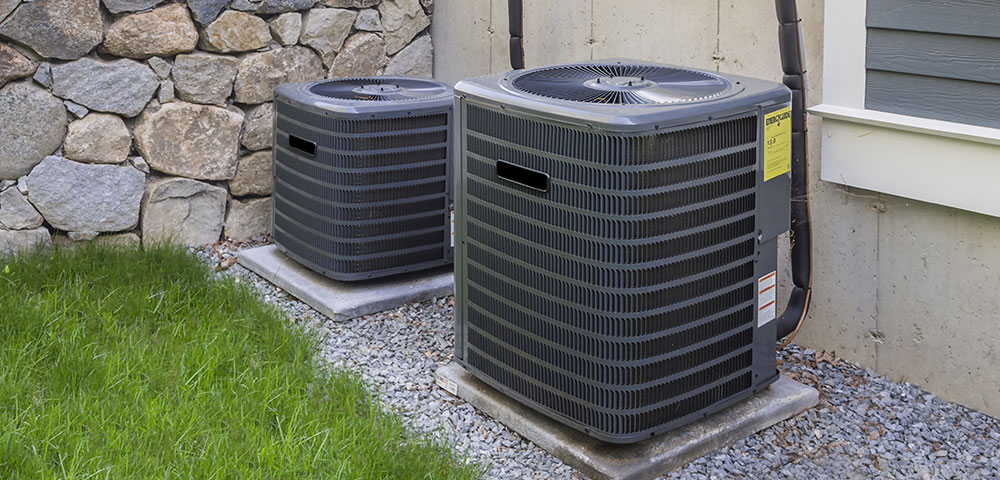Climate and ecological change sensitivity will trigger the new design of HVAC products and concepts in system design. A lot of people think right away that the emission from smoke or cars from industrial facilities is the only one that has a carbon footprint. Humans have an impact on carbon footprint in a lot of ways. But are you aware that air conditioners and heating appliances also have a huge impact on your carbon footprint?
Since the cooling and heating in your home contribute a lot to your carbon footprint, there are small steps to take to reduce them. The heating repair services are aware of these as well and can help you out.
Check Thermostat
You need to change the thermostat if you want to confirm that they do not overheat or cool when no one is at home. Aside from that, it would help if you tried adjusting the thermostat to only 2 degrees from what you are comfortable with. Winter is down by two degrees; summer is up by two degrees. You are not going to see any difference, but you will reduce the carbon footprint by about 2,000 lbs. a year.
Use the Best Energy Generator
The perfect starting point for reducing the carbon footprint of a building is to evaluate the energy source and generator. The oil and gas burners are the most carbon-intensive among heat generators, thermal solar panels are the least. The ground source or air source heat pumps provide an interesting alternative while their use of renewable energy reduces CO2 emissions compared to fuels.
Based on a study, replacing a heat generator with a current heating system can save about 2.7 tons of CO2 every year. If you optimize the system further, and the flow temperature gets reduced to 35 degrees C, about 0.46 tons yearly can be saved.
Only Buy Products that Have an Energy Star Certification
When shopping for a new home appliance, including the HVAC system, you need to look for Energy Star certification. In the year 1992, the government-supported program already helped American families and businesses save 4 trillion kilowatts and reduce the 3 billion metric tons of emissions of greenhouse gases. It is equal to the yearly emission of over 600 million cars. You need to look for the yellow label when you are buying a new HVAC system.
Consider a Ductless HVAC System
The smaller size of this kind of cooling system, together with zoning capabilities, allows you to improve energy efficiency. Ductless HVAC systems can also follow Energy Star guidelines which means they are more energy efficient compared to those that only meet the minimum standards being established by the government. Better efficiency brings in more money and less carbon footprint.
Use Variable Speed Blower
Compared to your home, producing heating and cooling capacity requires energy waste and utility bill inflation. An air handler or furnace with different speeds ensures that your HVAC system supplies the right amount of air conditioner that you need to feel comfortable without wasting energy.
Purchase a Gadget
If your air conditioning is new, you need to try new devices that allow you to control the AC units with your device. If you want to cancel CO2 that is emitted by electricity waste, you would have to plant 8 tree seedlings.
Properly Seal Your Home
You should check if your home is sealed correctly so that the cool or warm air will not go out.
You should try HVAC companies Falls Church if you need to have your HVAC system repaired. It is better to do it earlier because the issue could get worst and it might be too late.


